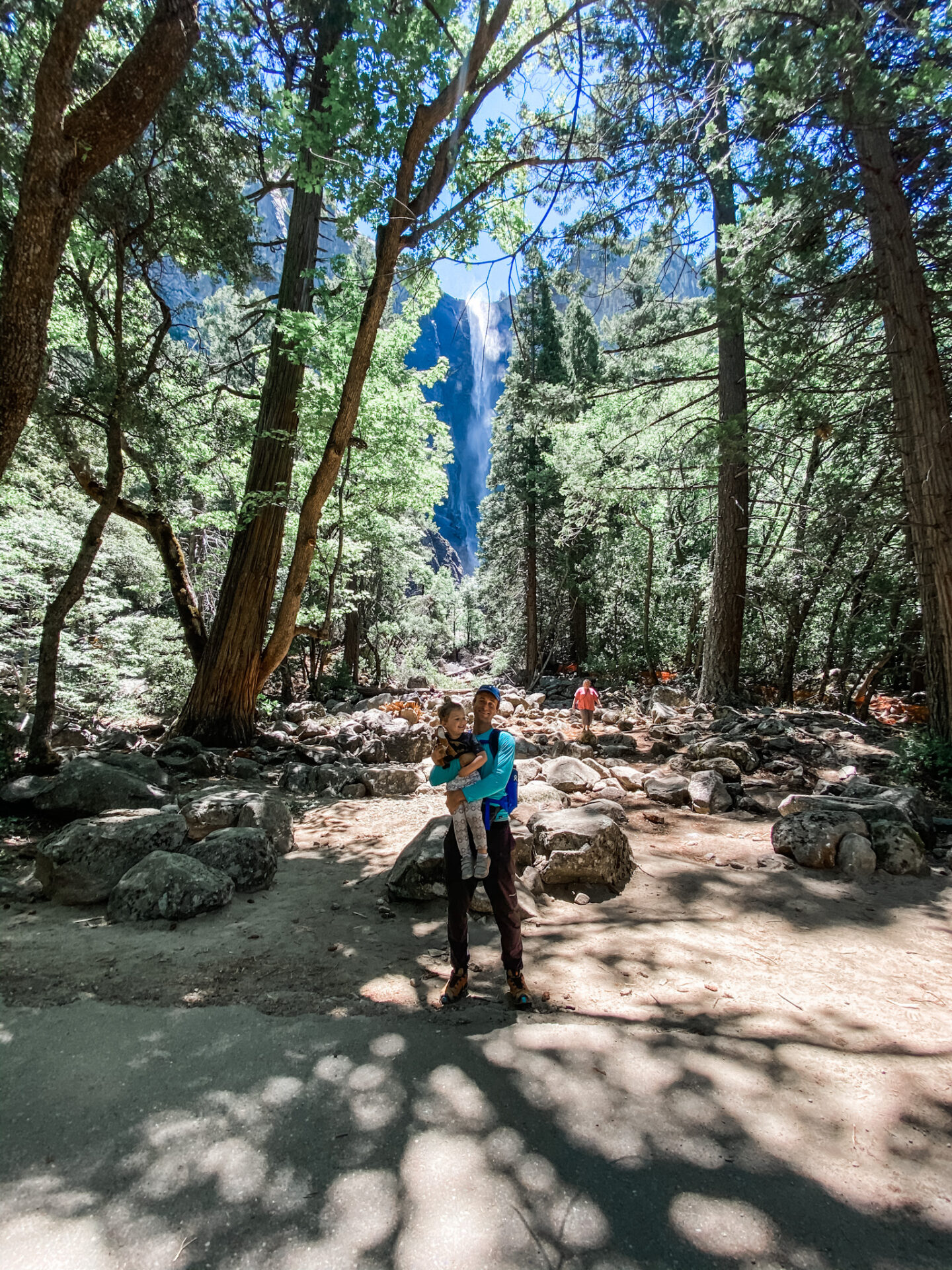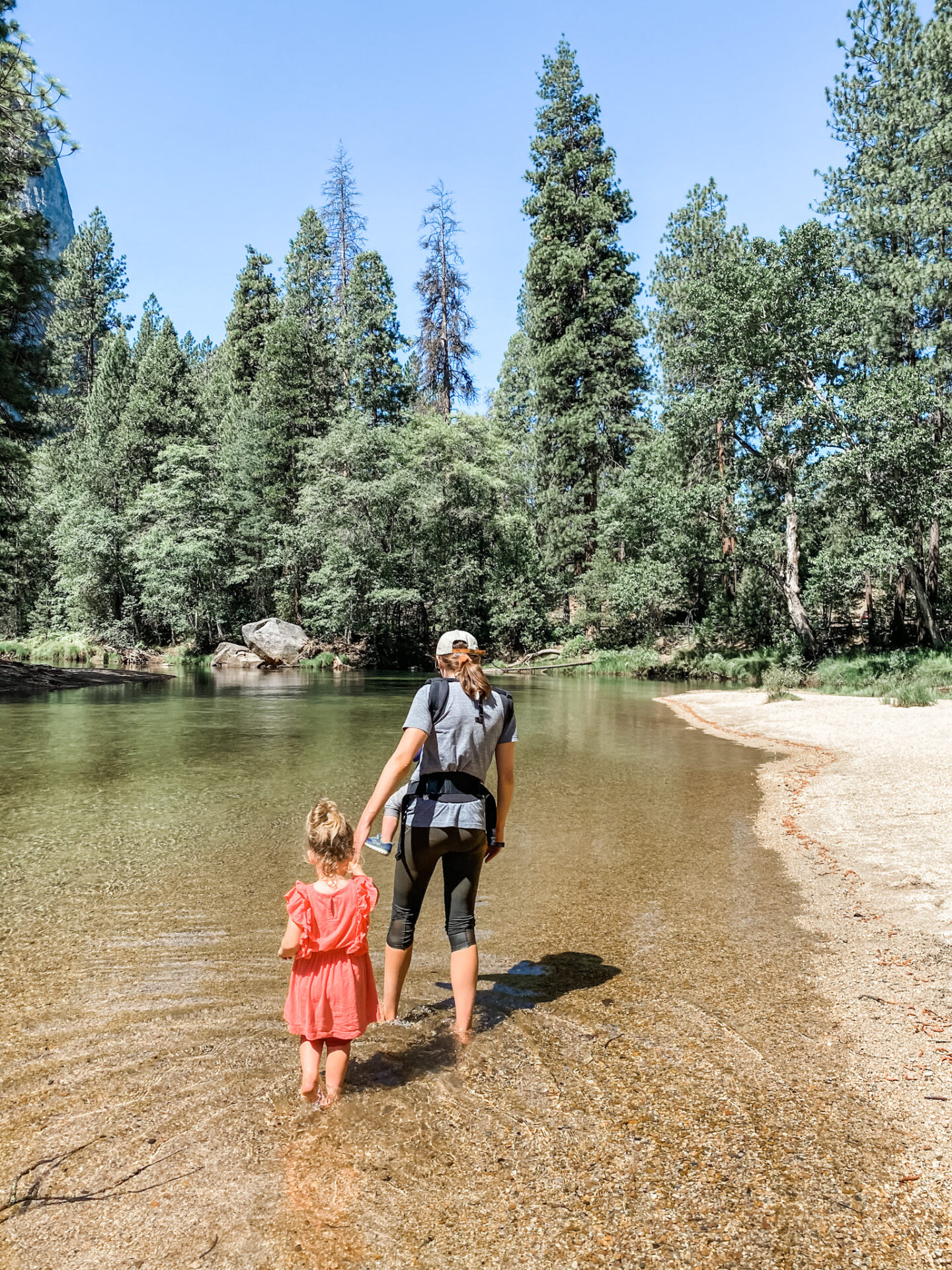My kids are at the age where Hanukkah and Christmas are all about the presents. Every time my husband or I try to talk about the history of the holidays, M stops me in my tracks and says something along the lines of, “but we get presents right?”

While we will, indeed, be giving our kids presents on each night of Hanukkah, AND on Christmas, I also wanted to make sure that we take advantage of the opportunity for selflessness these holidays provide. I hope to teach my daughter, through encouraging her to take action, and by taking actions of my own, that the real joy of the holiday season comes from taking the time to give back to our loved ones, and our community.
My family doesn’t have a ton of giving-related Hanukkah traditions, so I decided to start one of my own this year. For each day of Hanukkah, my kids will be receiving a gift, but they will also be giving one–either in physical form, or through an act of service.
Below you will find an outline of this new tradition, which we have decided to call our “8 days of gratitude.” The goal is to complete one task during each of the 8 days of the Hanukkah, in no particular order. I will be coming back to this post throughout the week to update it with pictures of our projects and any helpful tips I’ve learned along the way. Let me know if you decide to join me in this lovely new tradition, and tag me in your projects if you end up being inspired by some of ours!
Day 1: Make a deliver home-made Menorahs to friends and family.

I discovered this activity through Marion of My Jewish Mommy Life. She featured it last week on her Instagram, and provides a full tutorial, including links to supplies on her Youtube channel. We plan on making two Menorahs, one for each of the other little girls in Margot’s preschool pod (both of whom also happen to celebrate Christmukkah).
Supplies:
- 3/8 Inch Hex Nuts
- Melissa and Doug Letter blocks
- Wood glue
- Tacky Glue
- Hanukkah candles
Day 2: Deliver snacks to teachers at mom’s school
As many of you know, I was a middle school English teacher for 10 years, before the pandemic threw a wrench into my plans. When my kids’ school closed in March, and we started learning more about what the 2020-2021 school year would look like for me, my husband and I decided that it would be best for me to stay home with our kids and weather the storm as a family.
While I have really appreciated this time at home, there are a lot of things I miss about my job–my colleagues most of all. While teachers work their butts off every year, the challenges of teaching during a pandemic have really ratcheted it up a notch. I know that so many of my friends and colleagues in the classroom are feeling exhausted, underappreciated, and burnt out, and we’re not even half way through the year.
So, my daughter and I will be stopping by the middle school at which I used to teach with pre-made, individually-wrapped snacks in hand. While a surprise treat isn’t nearly enough of a thank-you for everything these truly incredible humans have been doing this year, it does let them know that they are seen, appreciated, and loved–even if it’s from afar.
Day 3: Banana Bread for Garbage Men and Mailman
We’ve all been making banana bread since March, right? So why not put it to good use? Both of my kids adore waving hello to the mailman and the garbage men (we have an alarm set to remind us of their impending arrival). And, even better, we’re lucky enough to be served my a mailman and garbage men who also love saying hello (with a honk and a wave) to the neighborhood kids.
While a lot of us had the opportunity to work from home at the beginning of this pandemic, our essential service men and women have been business as usual the entire time.
To say thank you for everything they do, and just for brightening our day, we plan on making them each a batch of this healthier Cookie and Kate banana bread. It’s a favorite in our house, and will hopefully be a welcome treat on a cold December day.
Day 4: Toy donation day!
Honestly guys, this is the one I’m most worried about. I have been frontloading my kids for a while now with the idea that Santa can only come deliver new toys if we make room by swapping out some of the old ones. My son is young enough that he doesn’t really care, but my daughter is at the perfect age to have a seriously problematic level of attachment to even the most broken, discarded, and unused of toys.
While the process is definitely going to be painful, I know that teaching my daughter how to let go, and experience the warm-and-fuzzy after-effects of generosity, will be more than worth it in the end. We plan on donating our used toys to Goodwill, as well as a local family in need.
Day 5: School supplies for M’s teacher (and Crayola menorah)
While neither of my kids have been to traditional school since the beginning of Covid, my daughter has been participating in a pre-school pod since the beginning of the school year. I feel truly blessed to have found this group of kids and parents, not to mention an out-of-this-world teacher.
To thank her for providing our kids with this little slice of normalcy, Margot and I will be making her a little Crayola marker Menorah, paired with a Michael’s gift card. I’ll come back to this post later to post a picture of the final product, as well as some brief directions for how to make your own.
Day 6: Beach Cleanup
This one is pretty self-explanatory. I live in southern California, mere blocks from the majestic Pacific ocean. It’s beautiful, but it’s oftentimes covered in garbage. One morning next week, the kids and I going to glove-up, and hunt for some trash on the beach. We’ll probably reward ourselves with a cup of cocoa on the way home as well.
The kids will also be receiving the book One Plastic Bag by Miranda Paul on the 6th Night of Hanukkah, which will hopefully help them reflect on their work that day, and it’s potential impact on the world.

Day 7: Orange garland for friends
Claire Wiley, of Home With the Wileys, made orange garlands on her Instagram last week, and I could basically smell them through the screen. I plan on making one for a close friend of mine who I haven’t had the chance to see much lately. You can find directions and pictures on Claire’s Instagram, or on this blog post from Henstooth Homestead. I will be posting mine later next week (assuming I don’t burn it all to a crisp).
Day 8: Send a special package to family on the front lines.
While my family has been riding out the pandemic at home, my older brother has been working like a dog on the front lines. As an ER doctor, he was pulled into the Covid tent early on in the crisis, and has recently moved back to working exclusively with Covid patients, due to the fact that cases are currently skyrocketing in Chicago. While he’s pretty chill about it, I know that it’s incredibly draining and emotional work. So, the kids and I will be doing what we probably should have done in March, and putting together a little care package for him! (Hint: it will probably include vitamins and wine…)
Happy Giving!
If you would like to follow along with our “8 Days of Gratitude,” I will be posting updates on Instagram (and in stories), throughout Hanukkah (which starts on the night of December 10th). You can follow me @thepaperdart, or check back in here at the end of the holiday for more pictures and updates on our work.

















